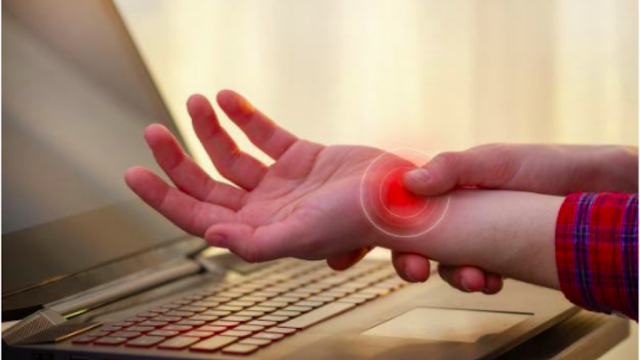What is Sacroiliac Joint Pain & How it affects pregnant women?
Sacroiliac joint dysfunction or sacroiliitis are common terms used to describe the pain of the sacroiliac joint. It is usually caused by abnormal motion or misalignment of the sacroiliac joint. Sacroiliac joint syndrome is a significant source of pain in 15% to 30% of people with mechanical low back pain. Sacroiliac joint syndrome is a condition that is difficult to diagnose and the following conditions may be occur:
Pain is usually localized over the buttock. Patients usually describe the pain as sharp, dull, achy, stabbing, or shooting pain directly over the affected joint.
Patients can often complain of sharp, stabbing, and/or shooting pain which extends down the posterior thigh usually not beyond the knee.
Pain can frequently mimic and be misdiagnosed as radicular pain.
Patients will frequently complain of pain while sitting down, lying on the ipsilateral side of pain, or climbing stairs.
Pregnant women have a greater chance to develop sacroiliac joint syndrome. Female hormones are released during pregnancy, relaxing the sacroiliac ligaments. This stretching in ligaments results in changes to the sacroiliac joints, making them hypermobile.
Posterior pelvic pain (PPP) is pain felt at or near the sacroiliac joints of your pelvis as a result of sacroiliac joint dysfunction. These are joints located at the 2 dimples of the lower back. The pain often feels deep within your lower back and can occur on one or both sides of your back. In some cases, pain radiates down to the buttock and the back of the thigh.
While pain may begin at any time during pregnancy, PPP on average begins in the 18th week of pregnancy and becomes more intense as the pregnancy progresses. The pain usually spontaneously resolves within 3 months after pregnancy. But in some cases, it can become chronic and disabling.
During pregnancy, mechanisms stabilising the sacroiliac joint is affected. This instability allows for increased motion, stressing the sacroiliac joint. Moreover, the additional weight and altered walking pattern associated with pregnancy can cause significant mechanical strain on the sacroiliac joints, which may result in sacroiliac joint inflammation, giving a deep ache in the posterior pelvis.
Of all the back pains experienced during pregnancy, posterior pelvic pain is the most common – a woman is four times more likely to experience PPP than lumbar pain. The first-line treatment of pregnancy-related sacroiliac joint dysfunction is physiotherapy and exercises that focus on core stability of the trunk and pelvic girdle. Sometimes, a sacroiliac belt is prescribed to complement the core stability exercises and to give quick pain relief. Exercises will form a large part of the treatment and in some cases, mobilization of your hip, back or pelvis may be used to correct any underlying movement dysfunction. Other manual techniques include muscle energy technique and myofascial release.
Other alternative treatments include anaesthetic and steroid injections into the sacroiliac joint that can help in pain relief, which lasts from one day or much more long-term. Oral anti-inflammatory medications are often effective in pain relief as well. However, these two treatments may be contraindicated during pregnancy.
Here are some tips for expectant women with posterior pelvic pain.
Avoid lying on your back for long periods of time, particularly after the 19th week of your pregnancy.
Try lying on your side (preferably your left) with a pillow placed between your knees and another under your tummy.
If your waist sags down into the bed, try placing a small rolled-up towel under your waist.
To turn to your right while lying on your back, arch your lower back, tighten your pelvic floor muscles and lower abdominal muscles and bend both knees one by one.
Turn your head to the right and take your left arm over to the right of your body. Hold onto the side of your bed if you can.
To turn, pull with your left hand and take both knees over to the right so that you roll to the right. As soon as possible, bend your knees up as high as they will go – this helps to lock out your pelvis and lessen pain.
Reverse this to turn to the left.
Roll onto your side with your knees bent up, move your feet over the edge of the bed and push yourself up sideways with your arms.
Reverse the process when you lie down.
Sit on the edge of the chair.
Keeping your knees apart slightly and lean forward till your head is directly over your knees, keeping your back straight.
Stand up by pushing up with your arms, with your back straight and tummy tucked in. This helps to hold your pelvic joints in their most stable position and may reduce your pain significantly.


Comments
Post a Comment